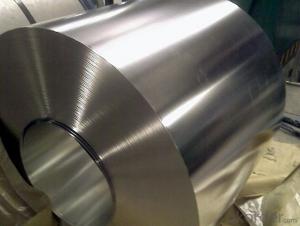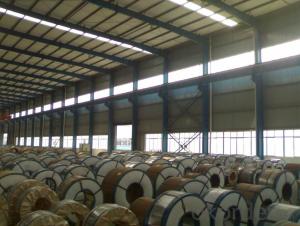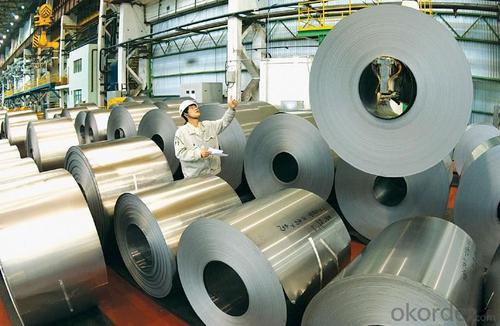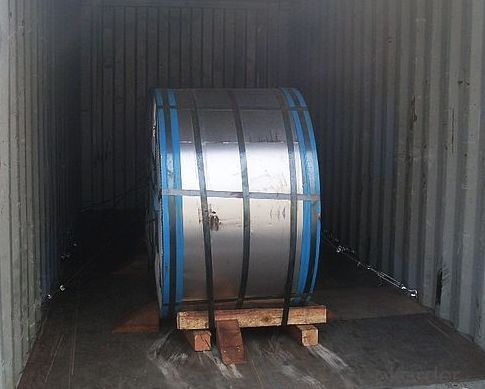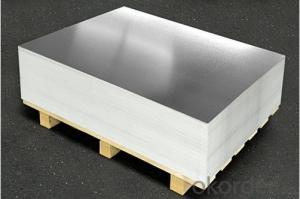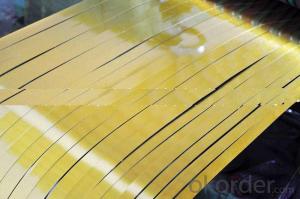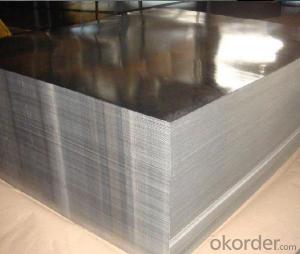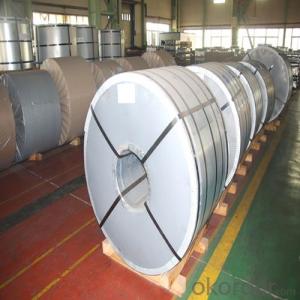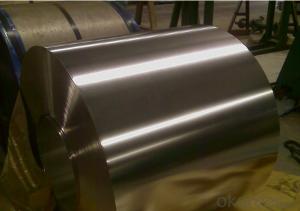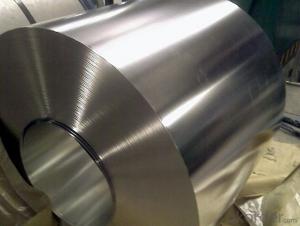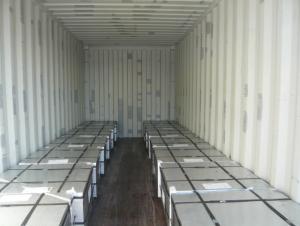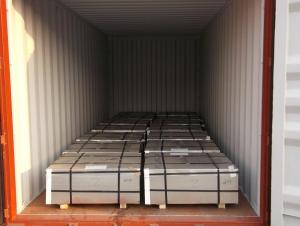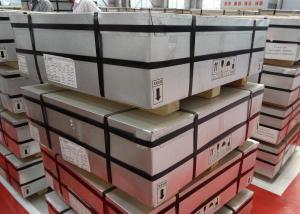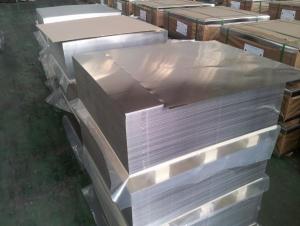Electrolytic Tinplate Coil for Foods and Chemical Packaging
- Loading Port:
- Tianjin
- Payment Terms:
- TT OR LC
- Min Order Qty:
- 25 m.t
- Supply Capability:
- 7000 m.t/month
OKorder Service Pledge
OKorder Financial Service
You Might Also Like
1.Structure of Electrolytic Tinplate Coil for Foods and Chemical Packaging Description
Electrolytic Tin Plate Coils and Sheets for Foods Metal Packaging, is one thin steel sheet with a coating of tin applied by electrolytic deposition. Tinplate made by this process is essentially a sandwich in which the central core is strip steel. This core is cleaned in a pickling solution and then fed through tanks containing electrolyte, where tin is deposited on both sides. As the strip passes between high-frequency electric induction coils, it is heated so that the tin coating melts and flows to form a lustrous coat.
2.Main Features of the Electrolytic Tinplate Coil for Foods and Chemical Packaging
Appearance – Electrolytic Tin Plate is characterized by its beautiful metallic luster. Products with various kinds of surface roughness are produced by selecting the surface finish of the substrate steel sheet.
Paintability and printability – Electrolytic Tin Plates have excellent paintability and printability. Printing is beautifully finished using various lacquers and inks.
Formability and strength – Electrolytic Tin Plates have got very good formability and strength. By selecting a proper temper grade, appropriate formability is obtained for different applications as well as the required strength after forming.
Corrosion resistance – Tinplate has got good corrosion resistance. By selecting a proper coating weight, appropriate corrosion resistance is obtained against container contents. Coated items should meet 24 hour 5 % salt spray requirement.
Solderability and weldability – Electrolytic Tin Plates can be joined both by soldering or welding. These properties of tinplate are used for making various types of cans.
Hygienic – Tin coating provides good and non toxic barrier properties to protect food products from impurities, bacteria, moisture, light and odours.
Safe – Tinplate being low weight and high strength makes food cans easy to ship and transport.
Eco friendly – Tinplate offers 100 % recyclability.
Tin is not good for low temperature applications since it changes structure and loses adhesion when exposed to temperatures below – 40 deg C.
3.Electrolytic Tinplate Coil for Foods and Chemical Packaging Images
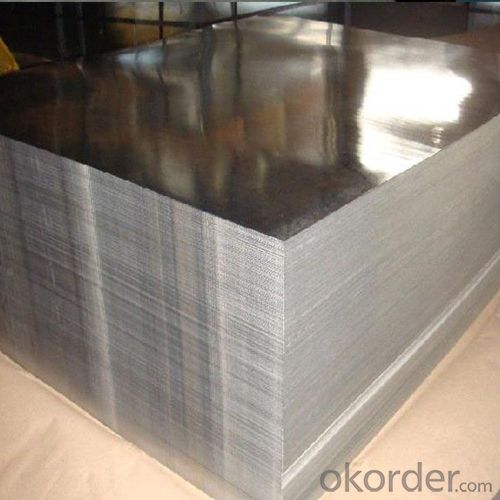


4.Electrolytic Tin Plate Coils and Sheets for Foods Metal Packaging Specification
Standard | ISO 11949 -1995, GB/T2520-2000,JIS G3303,ASTM A623, BS EN 10202
|
Material | MR,SPCC |
Thickness | 0.15mm - 0.50mm |
Width | 600mm -1150mm |
Temper | T1-T5 |
Annealing | BA & CA |
Coil Inner Diameter | 508mm |
Weight | 6-10 tons/coil 1~1.7 tons/sheets bundle |
Passivation | 311 |
Oil | DOS |
Surface | Finish,bright,stone,matte,silver |
5.FAQ of Electrolytic Tinplate Coil for Foods and Chemical Packaging
-How to place .an order or contact you ?
Please send us Email. we will give you a quick response in seconds .
- How is your quality ?
All our quality is prime even the secondary quality . We have many years experience
In this field with serious quality control standard . Advanced equipment, We welcome your visit to our factory .
- Q: What are the typical manufacturing processes for tinplate products?
- The typical manufacturing processes for tinplate products include coil cutting, cleaning, annealing, coating, baking, and shaping.
- Q: What are the different types of tinplate lamination?
- There are two main types of tinplate lamination: single-sided lamination and double-sided lamination. Single-sided lamination involves laminating one side of the tinplate with a layer of material, while the other side remains untreated. Double-sided lamination, on the other hand, involves laminating both sides of the tinplate with different layers of material, providing enhanced protection and durability.
- Q: How does tinplate contribute to the overall tamper-evident packaging?
- Tinplate contributes to the overall tamper-evident packaging by providing a strong and durable material that can be easily sealed and remains intact when tampering is attempted. Its resistance to corrosion and tampering makes it an ideal choice for ensuring the security of packaged products.
- Q: How does tinplate contribute to the circular economy?
- Tinplate contributes to the circular economy by being highly recyclable and reusable. It can be easily collected, sorted, and processed into new products without losing its quality. This reduces the need for virgin materials and saves energy and resources in the production process. Additionally, tinplate's corrosion resistance properties extend the lifespan of products, further minimizing waste and promoting a more sustainable approach to manufacturing.
- Q: What are the main challenges in tinplate canning process?
- There are several main challenges in the tinplate canning process. One of the challenges is ensuring the integrity of the cans, as any defects or weaknesses in the tinplate can compromise the safety and quality of the canned product. Another challenge is achieving a consistent and tight seal on the cans, as improper sealing can lead to leakage and spoilage. Additionally, maintaining hygiene and preventing contamination during the canning process is crucial to prevent the growth of bacteria or other microorganisms. Finally, managing the overall efficiency and productivity of the canning process while meeting high-quality standards can be a challenge, as it requires careful coordination and optimization of various factors such as production speed, temperature control, and quality control measures.
- Q: How does tinplate packaging contribute to food safety?
- Tinplate packaging contributes to food safety by providing a protective barrier that prevents contamination from external factors such as air, light, moisture, and microorganisms. It is resistant to corrosion and does not react with the food, ensuring the integrity and quality of the product. Additionally, tinplate packaging is tamper-proof, ensuring that the food remains safe until it reaches the consumer.
- Q: Can tinplate be used for packaging pet food?
- Yes, tinplate can be used for packaging pet food. Tinplate is a popular choice for food packaging due to its durability, corrosion resistance, and ability to protect against light, oxygen, and moisture. It is commonly used for canned goods, including pet food, as it helps to maintain the freshness and quality of the product.
- Q: How is tinplate used in the packaging industry?
- Tinplate is commonly used in the packaging industry for a variety of applications. It is used to make metal cans, containers, and lids, providing a durable and protective packaging solution for various products such as food and beverages. Tinplate's excellent corrosion resistance properties and ability to maintain product freshness make it ideal for packaging perishable goods. Additionally, its versatility allows for easy shaping and printing, enabling customized and attractive packaging designs.
- Q: How does tinplate perform in terms of fire resistance?
- Tinplate performs well in terms of fire resistance due to its low flammability and high melting point, making it less prone to ignite or support combustion.
- Q: What are the main challenges in the recycling of tinplate?
- One of the main challenges in the recycling of tinplate is the separation of tin coating from the steel base. The tin coating is typically applied to protect the steel from corrosion, but it hinders the recycling process as it needs to be removed. Another challenge is the presence of contaminants, such as paint or other coatings, which need to be removed before the recycling can take place. Additionally, the collection and sorting of tinplate can be challenging, as it is often mixed with other types of packaging materials. Overall, the main challenges revolve around the separation and purification processes required to ensure the quality of the recycled tinplate.
Send your message to us
Electrolytic Tinplate Coil for Foods and Chemical Packaging
- Loading Port:
- Tianjin
- Payment Terms:
- TT OR LC
- Min Order Qty:
- 25 m.t
- Supply Capability:
- 7000 m.t/month
OKorder Service Pledge
OKorder Financial Service
Similar products
Hot products
Hot Searches
Related keywords
